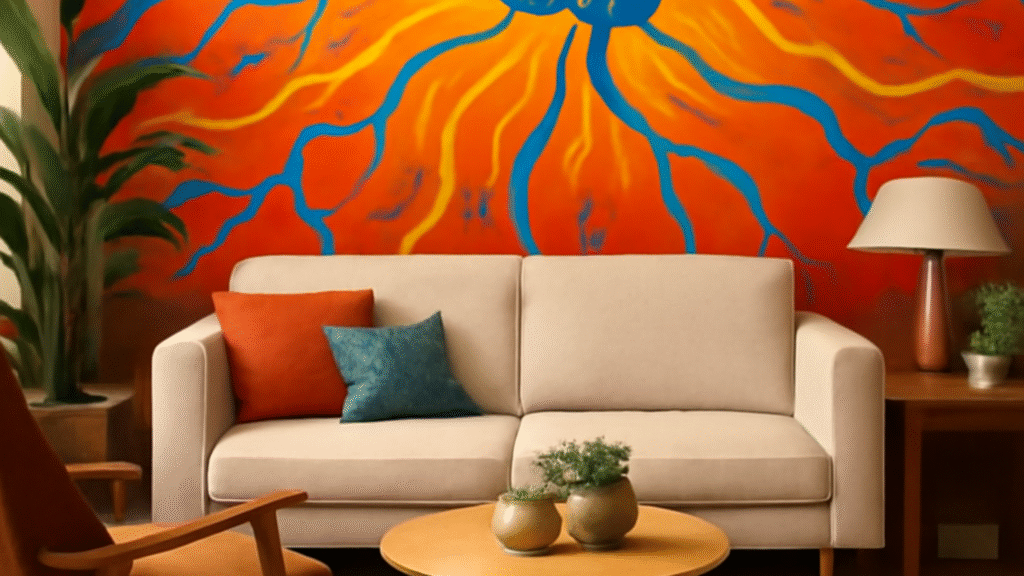The power of a color-painted wall extends far beyond mere decoration—its influence on your mood, energy, and mental clarity is profound, rooted in neuroscience and psychology. When you choose the right color for an accent wall, you are not just changing the look of a room; you are shaping the emotional and cognitive experience of everyone who inhabits the space.
Emotional Impact of Color
Colors evoke distinct emotions and set the tone for the environment around you. Warm colors like reds, oranges, and yellows bring a sense of energy, warmth, and excitement, making them perfect for lively areas such as living rooms or social spaces. In contrast, cool colors such as blues, greens, and purples have calming and soothing effects, ideal for bedrooms or workspaces where relaxation and focus are essential.
Psychological Effects and Focus
An accent wall can act as a focal point, guiding the brain’s attention and influencing how you interact within the space. Vibrant hues can inspire creativity and motivation, while softer, neutral tones promote serenity and mental clarity. This balance of intensity and calmness helps reduce visual noise, preventing cognitive overload and aiding concentration.
Physiological Responses to Color
Neuroscientific research demonstrates that color impacts brain chemistry and stress levels. Cool tones have been shown to reduce blood pressure and lower cortisol—the hormone associated with stress—helping you achieve a state of calm and enhanced mental clarity. Conversely, warm colors may increase heart rate and alertness, useful in areas where stimulation and activity are desired.
Enhancing Your Environment
A strategically painted accent wall creates an environment that supports rather than distracts your cognitive functions. It can highlight architectural features, add depth and dimension to the room, and foster an inviting atmosphere. This careful use of color balances mood-enhancing benefits without overwhelming the senses.
Practical Tips for Using Color Walls
-
Paint one wall in a vibrant or soothing color while keeping the others neutral for balance.
-
Choose colors based on the function of the room and the mood you want to cultivate.
-
Consider natural light and room size, as these affect how colors appear and how they influence your psychology.
-
Pair color with complementary décor to reinforce the intended emotional and cognitive effect.
Conclusion
The power of a color wall lies in its ability to transform not just the aesthetic of your home but also your mental and emotional well-being. By understanding the science of color and its impact on the brain, you can consciously design your living space to support your focus, mood, and vitality. Harnessing this knowledge allows you to create a home environment that actively nurtures your mind and elevates your everyday experience.

